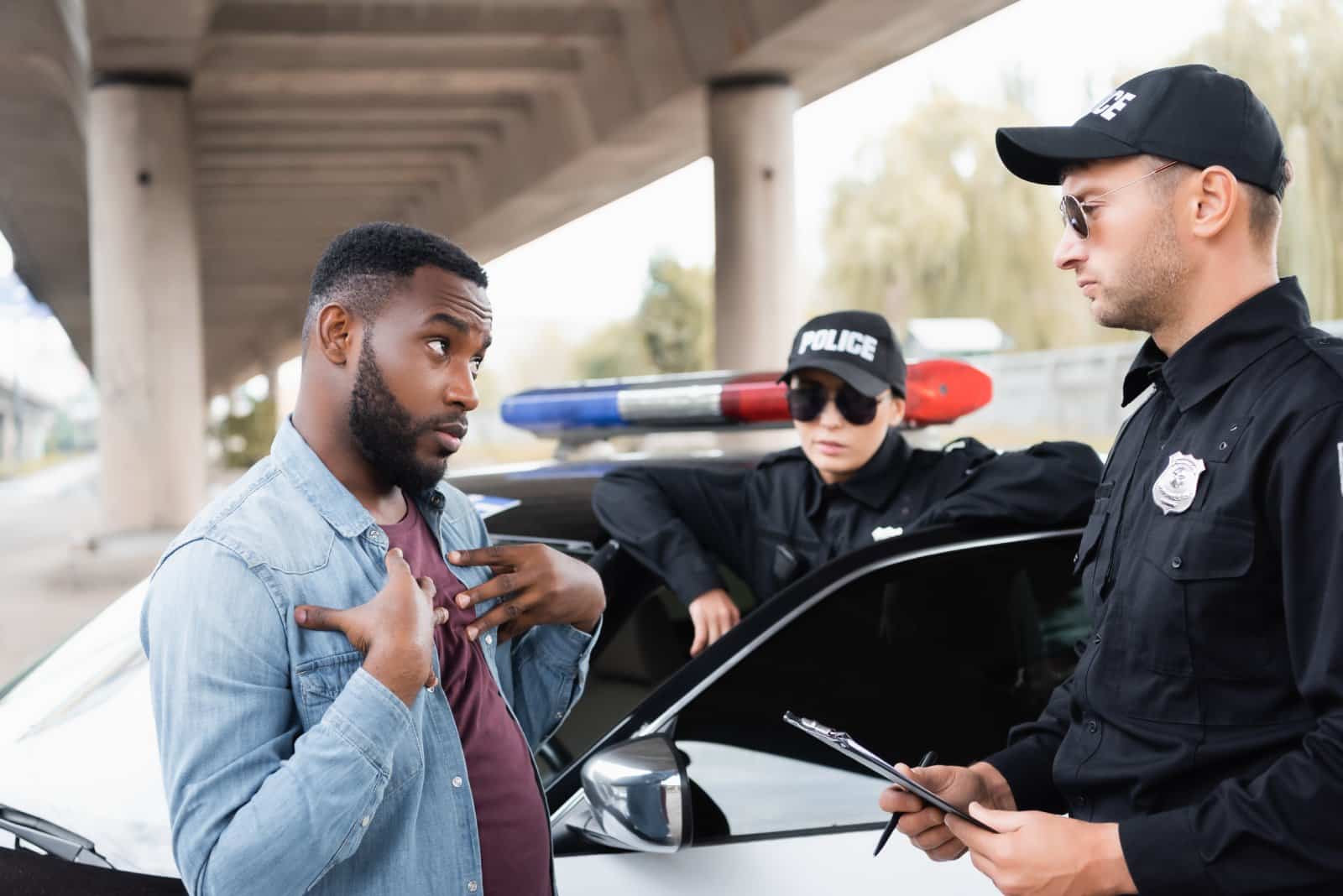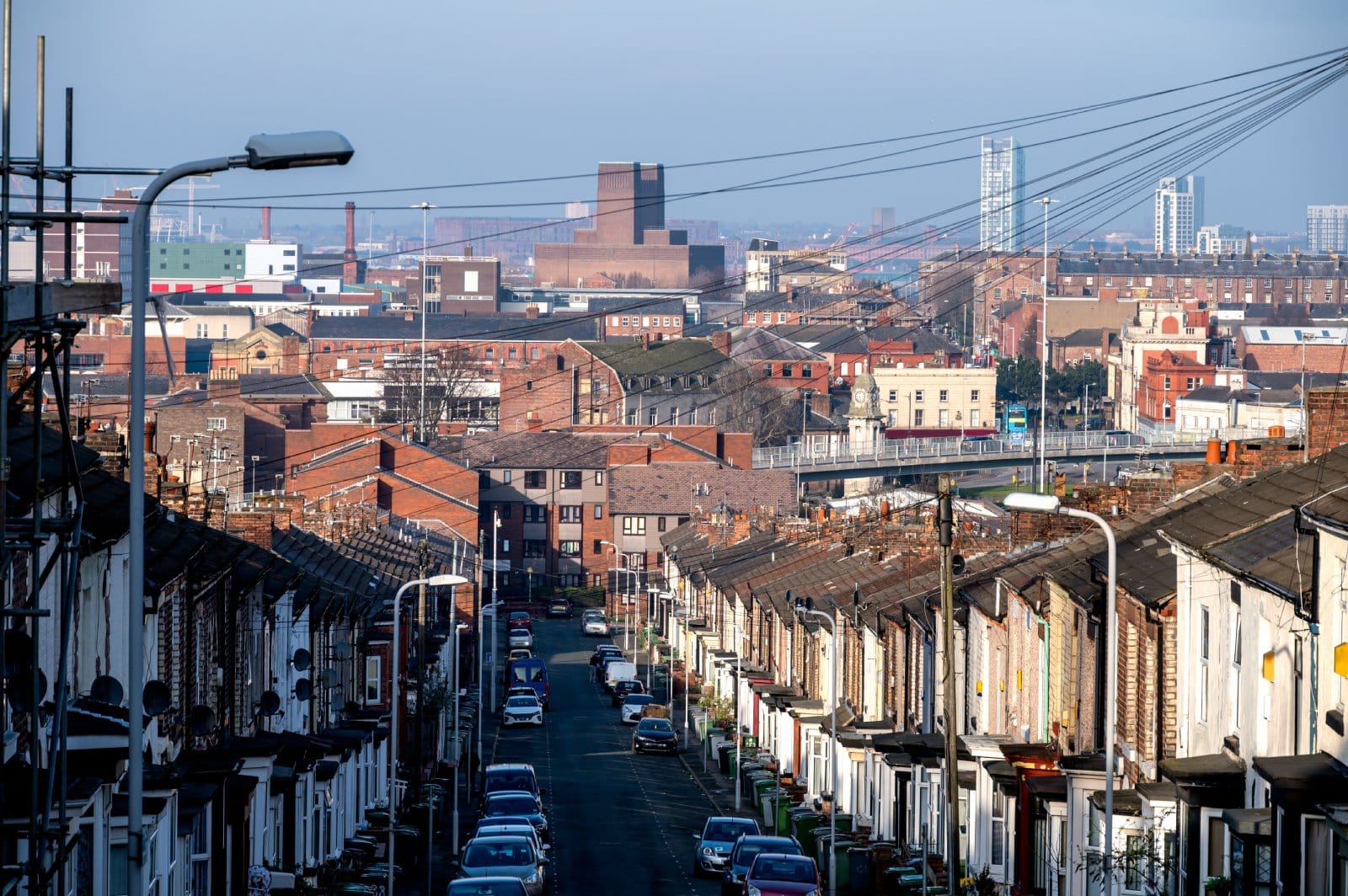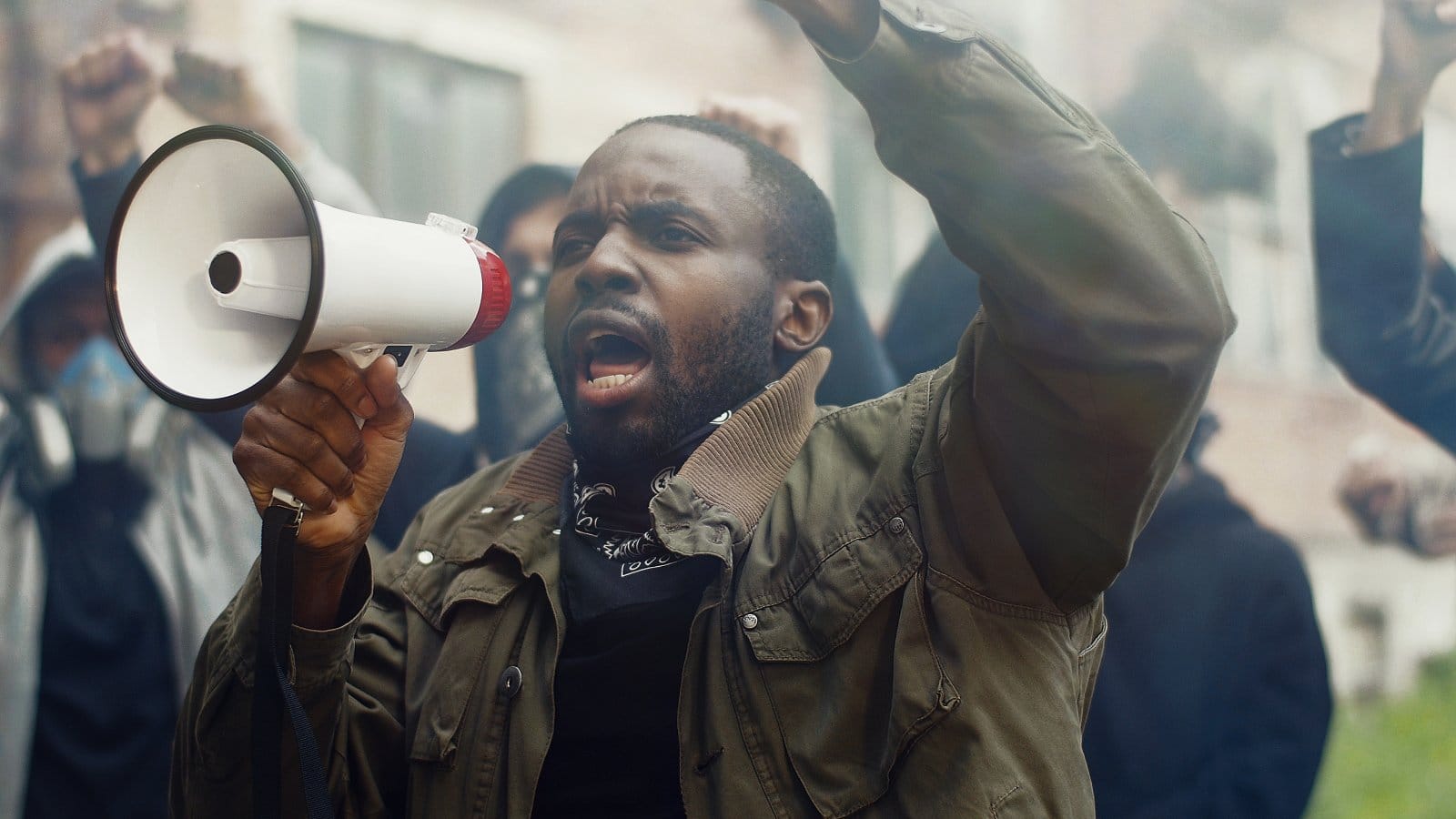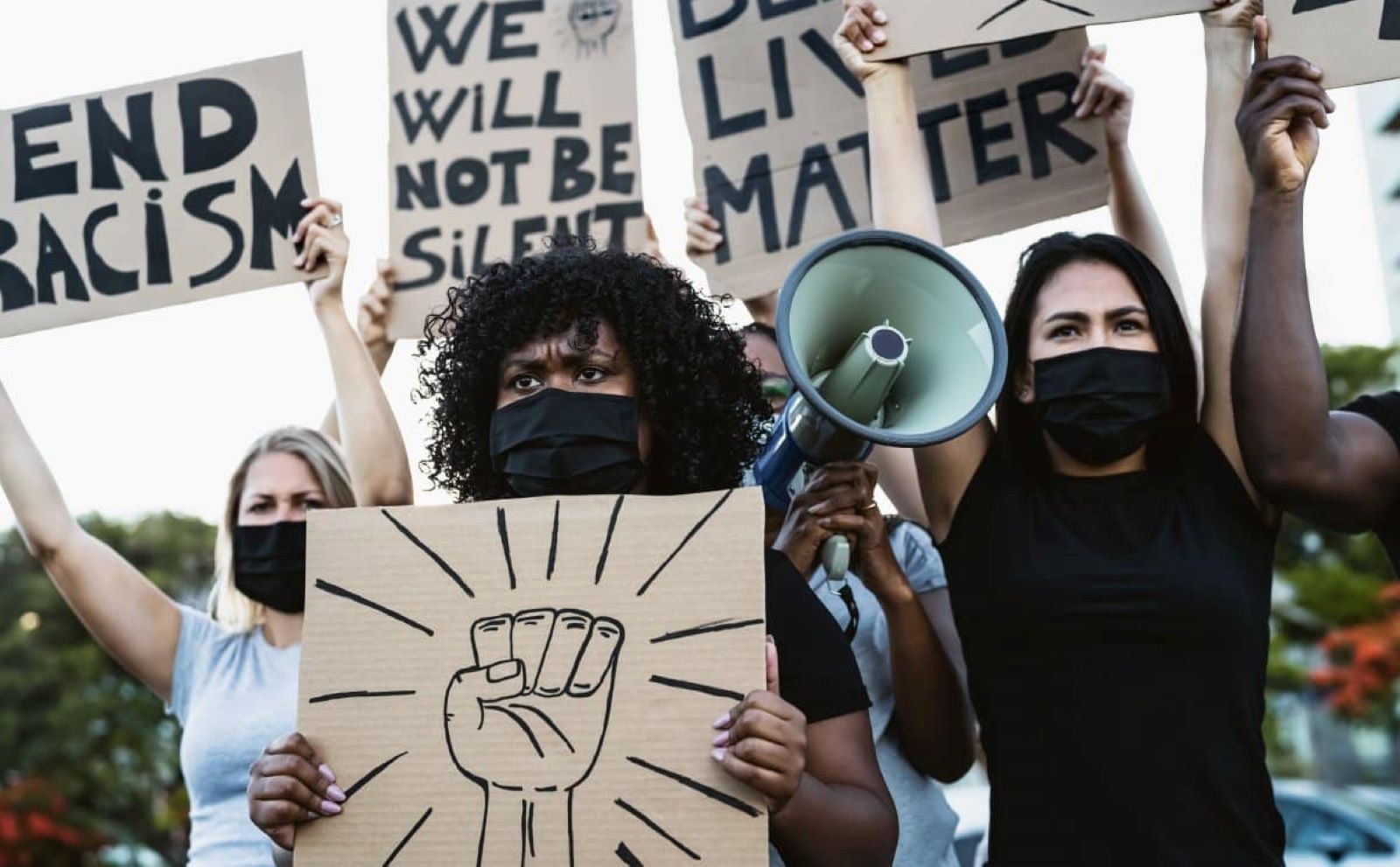Think Texas has moved past its racist roots? Think again. Here’s a look at the ongoing issues that prove racism is still alive and well in the Lone Star State..
1. Racial Profiling by Law Enforcement

Numerous reports indicate that African American and Latino communities are disproportionately targeted by Texas police for traffic stops and searches. This ongoing practice reflects a systemic bias within law enforcement.
2. Voter Suppression Tactics

Texas has implemented strict voter ID laws that disproportionately affect minority voters. These laws make it more difficult for African Americans and Latinos to exercise their right to vote, reflecting ongoing efforts to suppress minority voices.
3. Disparities in School Funding

Public schools in predominantly minority neighborhoods receive significantly less funding than those in affluent, white areas. This inequity perpetuates a cycle of poverty and limited opportunities for minority students.
4. Gentrification and Housing Displacement

Rapid gentrification in cities like Austin and Dallas has led to the displacement of long-standing minority communities. Rising property values and rents force many minority residents out of their homes and neighborhoods.
5. Employment Discrimination

Studies show that African American and Latino job applicants in Texas face discrimination during the hiring process. This bias leads to higher unemployment rates and lower wages for minority workers.
6. Healthcare Inequality

Minority communities in Texas have less access to quality healthcare services compared to their white counterparts. This disparity contributes to poorer health outcomes for African Americans and Latinos.
7. Segregated Neighborhoods

Texas cities remain highly segregated, with minority populations often confined to less affluent areas with fewer resources. This segregation limits economic mobility and reinforces racial divides.
8. Police Violence Against Minorities

High-profile cases of police violence against African Americans and Latinos in Texas highlight ongoing issues with racial bias and excessive force. These incidents erode trust in law enforcement within minority communities.
9. Disparities in Sentencing

Minority defendants in Texas often receive harsher sentences than white defendants for similar crimes. This unequal treatment within the criminal justice system perpetuates racial inequalities.
10. Education Achievement Gap

There is a significant achievement gap between minority students and their white peers in Texas. This gap is fueled by disparities in school funding, resources, and opportunities.
11. Environmental Racism

Minority communities in Texas are more likely to live near polluting industries and hazardous waste sites. This exposure to environmental hazards contributes to health disparities among minorities.
12. Underrepresentation in Politics

Minorities in Texas are underrepresented in local and state government positions. This lack of representation means that the interests and needs of minority communities are often overlooked.
13. Discriminatory Lending Practices

African American and Latino borrowers in Texas face higher interest rates and more loan denials compared to white borrowers. These discriminatory practices make it harder for minorities to buy homes and build wealth.
14. Cultural Erasure and Discrimination

Minority cultural heritage and contributions are often marginalized or erased in Texas history and education curricula. This lack of recognition fosters a sense of exclusion and undervaluation among minority communities.
15. Immigration Policies

Texas has some of the strictest immigration enforcement policies in the nation, disproportionately affecting Latino communities. These policies often lead to family separations and create an atmosphere of fear and discrimination.
16. Hate Crimes

The state has seen a rise in hate crimes against minorities, particularly African Americans, Latinos, and Asian Americans. This increase reflects deep-seated racial animosities that persist in Texas society.
17. Wealth Gap

There is a significant wealth gap between white and minority households in Texas. This economic disparity is rooted in historical injustices and ongoing discriminatory practices.
18. Media Representation

Minorities in Texas are often underrepresented or negatively portrayed in local media. This skewed representation reinforces stereotypes and biases against minority communities.
Moving Forward Together

Addressing these issues requires a collective effort to recognize and dismantle systemic racism. How will you contribute to creating a more equitable Texas?
21 Beliefs About the Bible That Are Actually False

The Bible is one of the most discussed and debated books in history, yet many common beliefs about it are more myth than fact. How many of these misconceptions have you heard before? 21 Beliefs About the Bible That Are Actually False
21 Subtle Racisms That Are Commonplace in America

Racism in America isn’t always overt; it often hides in plain sight through subtle actions and attitudes. How many of these subtle racisms have you noticed around you? 21 Subtle Racisms That Are Commonplace in America
Only Legal in America: 21 Things You CAN’T Do in the Rest of the World

The U.S. dances to its own beat, especially when it comes to laws that make the rest of the world do a double-take. Here’s a lineup of things that scream “Only in America,” sticking strictly to what’s written in the law books. Ready for a tour through the American legal landscape that’ll leave you wondering if freedom might just be a bit too free? Only Legal in America: 21 Things You CAN’T Do in the Rest of the World
The post Scratch the Surface: 18 Ways Texas Is Still Racist Deep Down first appeared on Pulse of Pride.
Featured Image Credit: Shutterstock / AlessandroBiascioli.
For transparency, this content was partly developed with AI assistance and carefully curated by an experienced editor to be informative and ensure accuracy.

